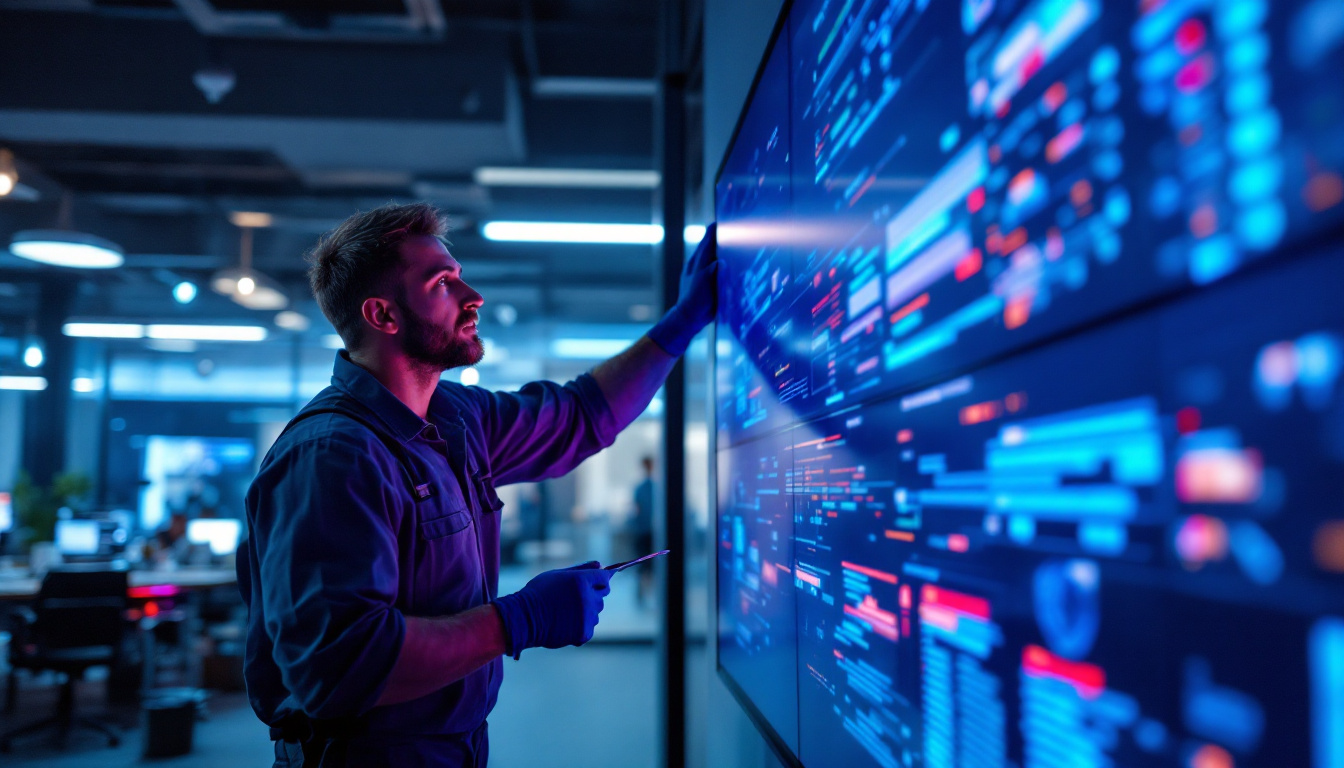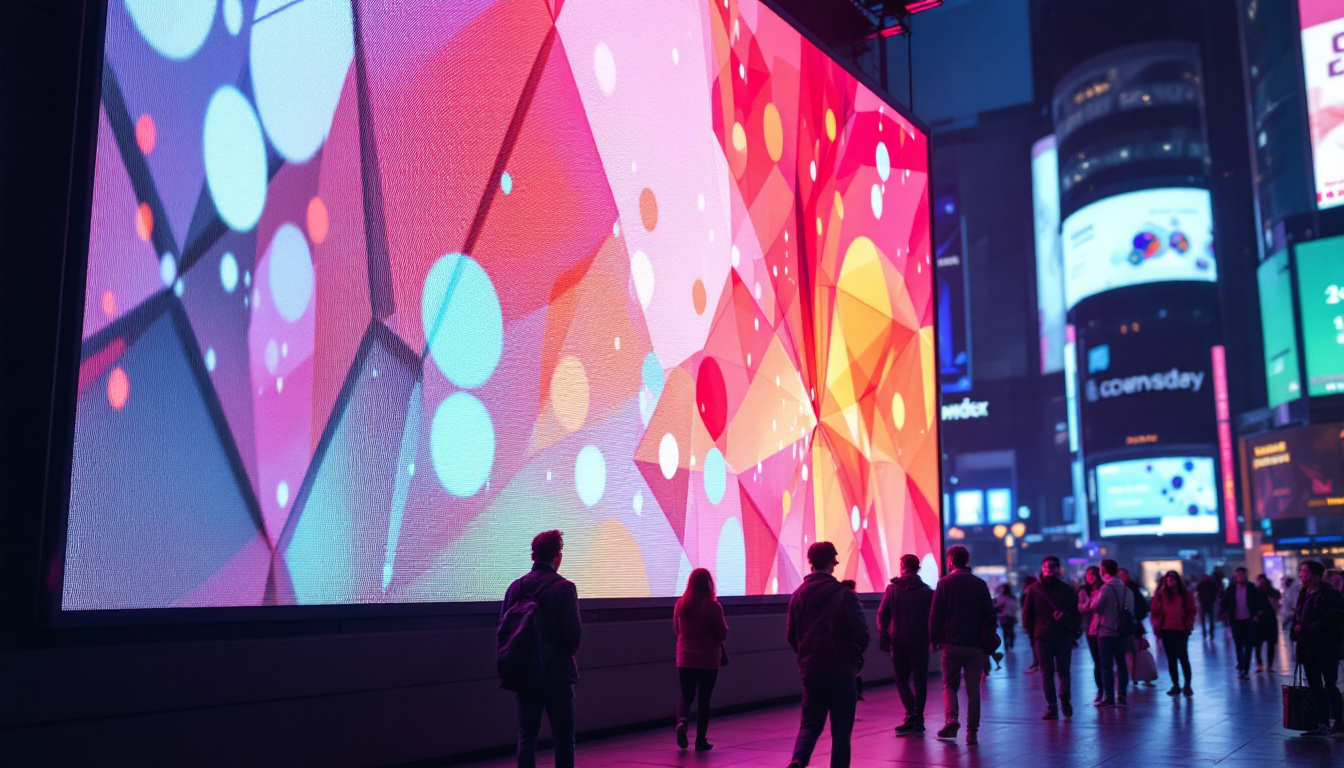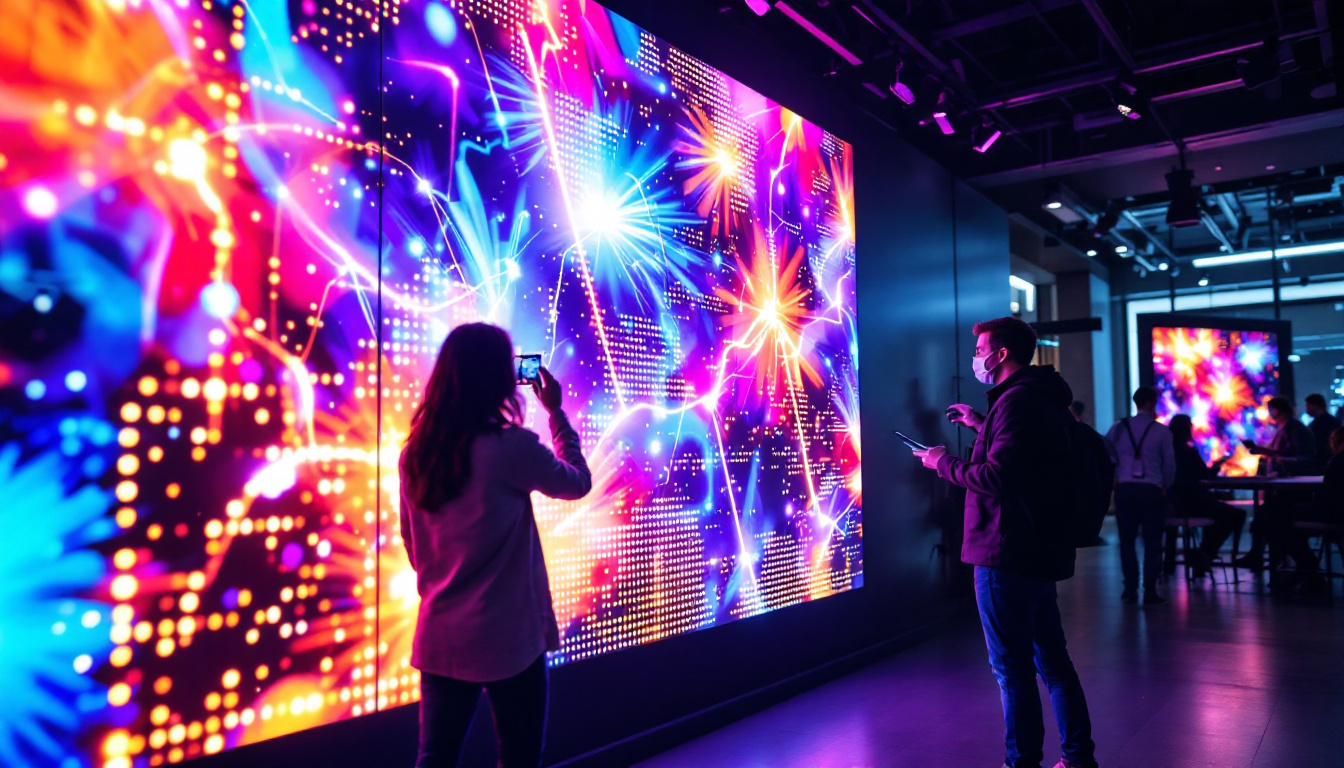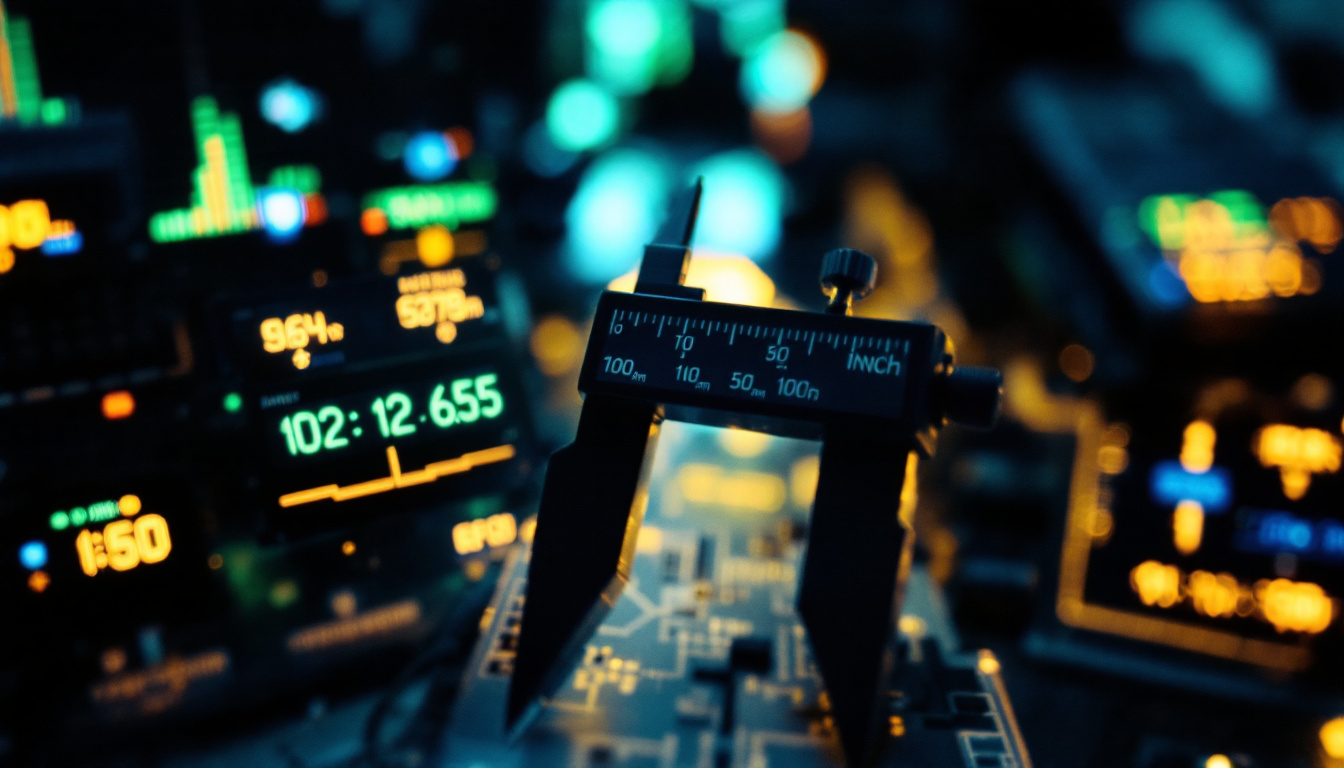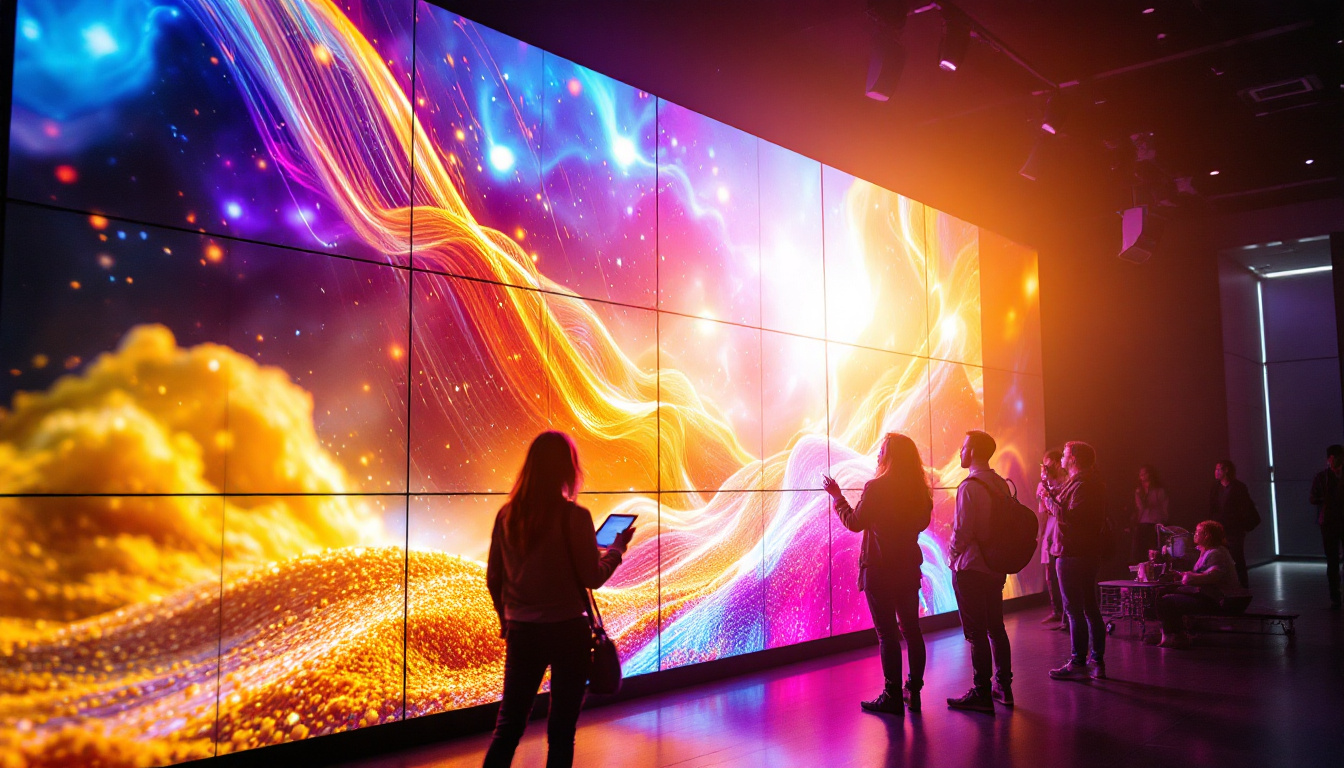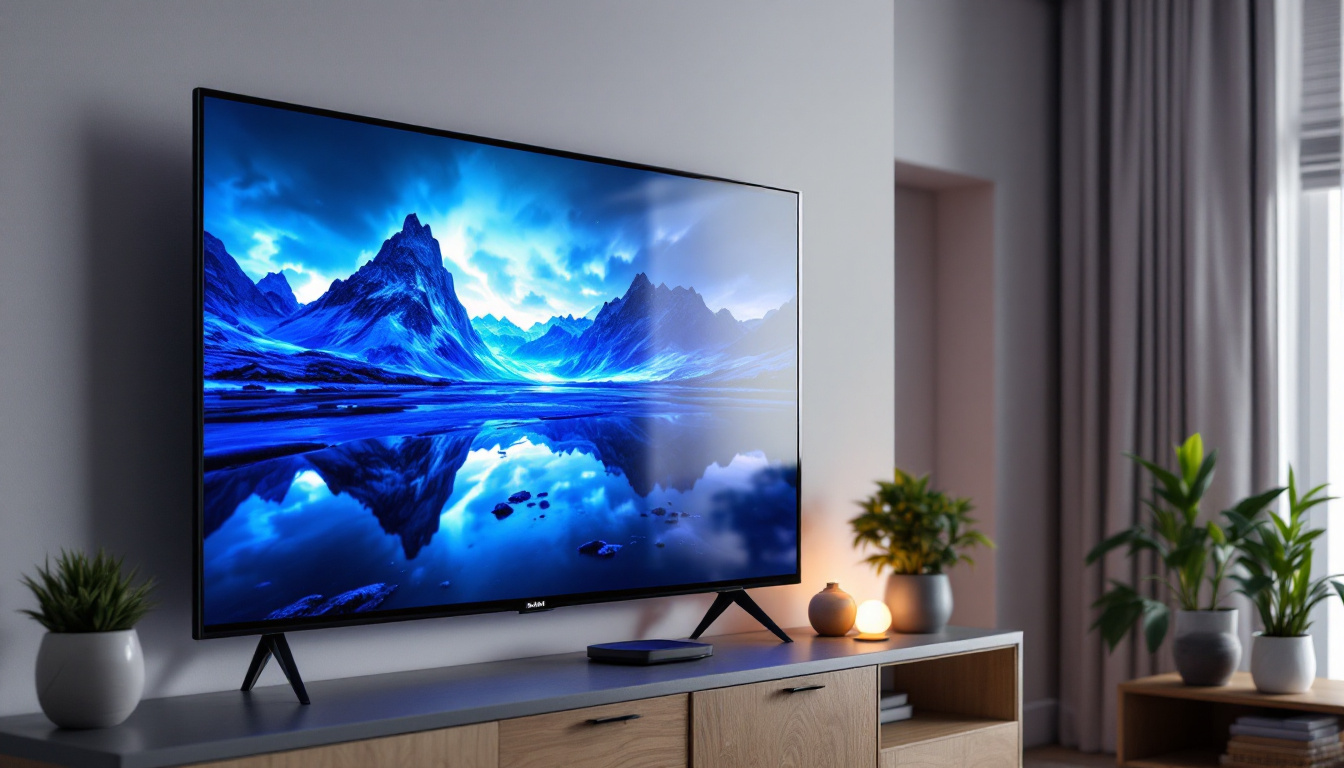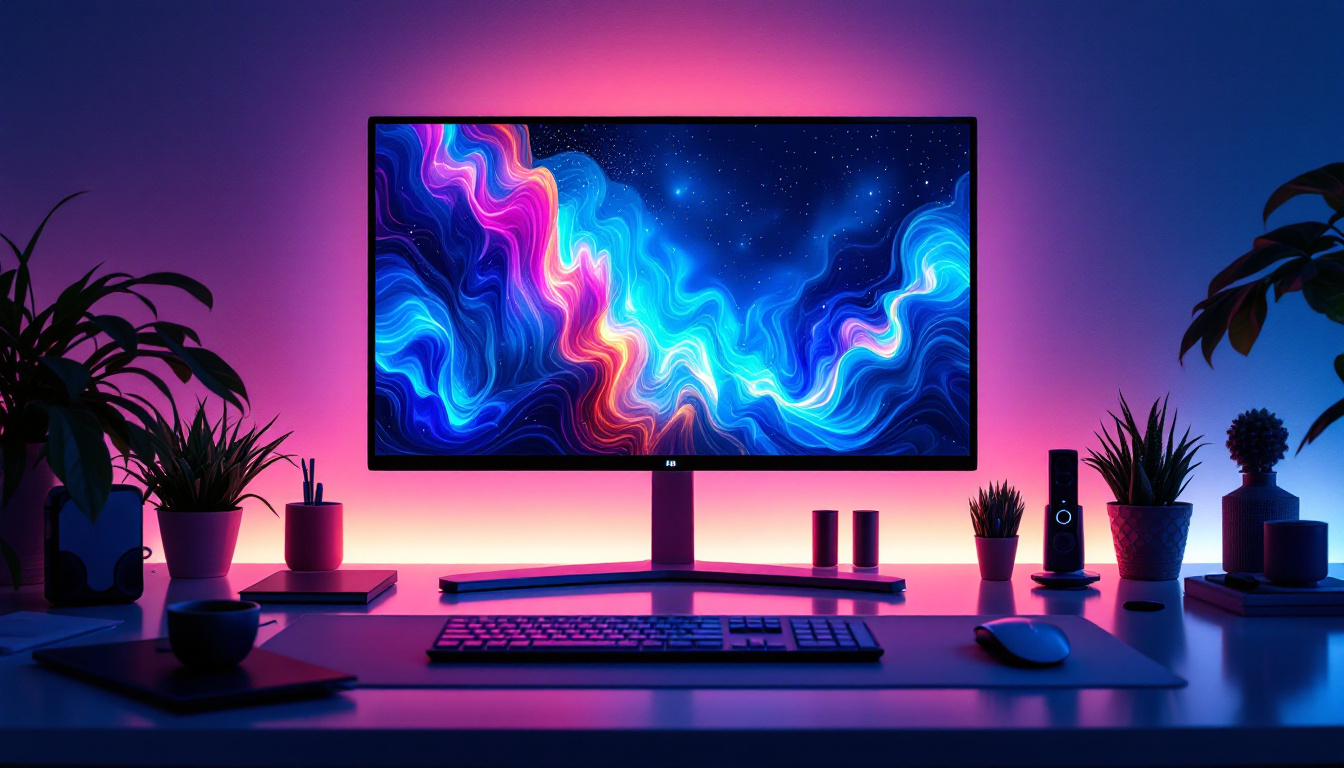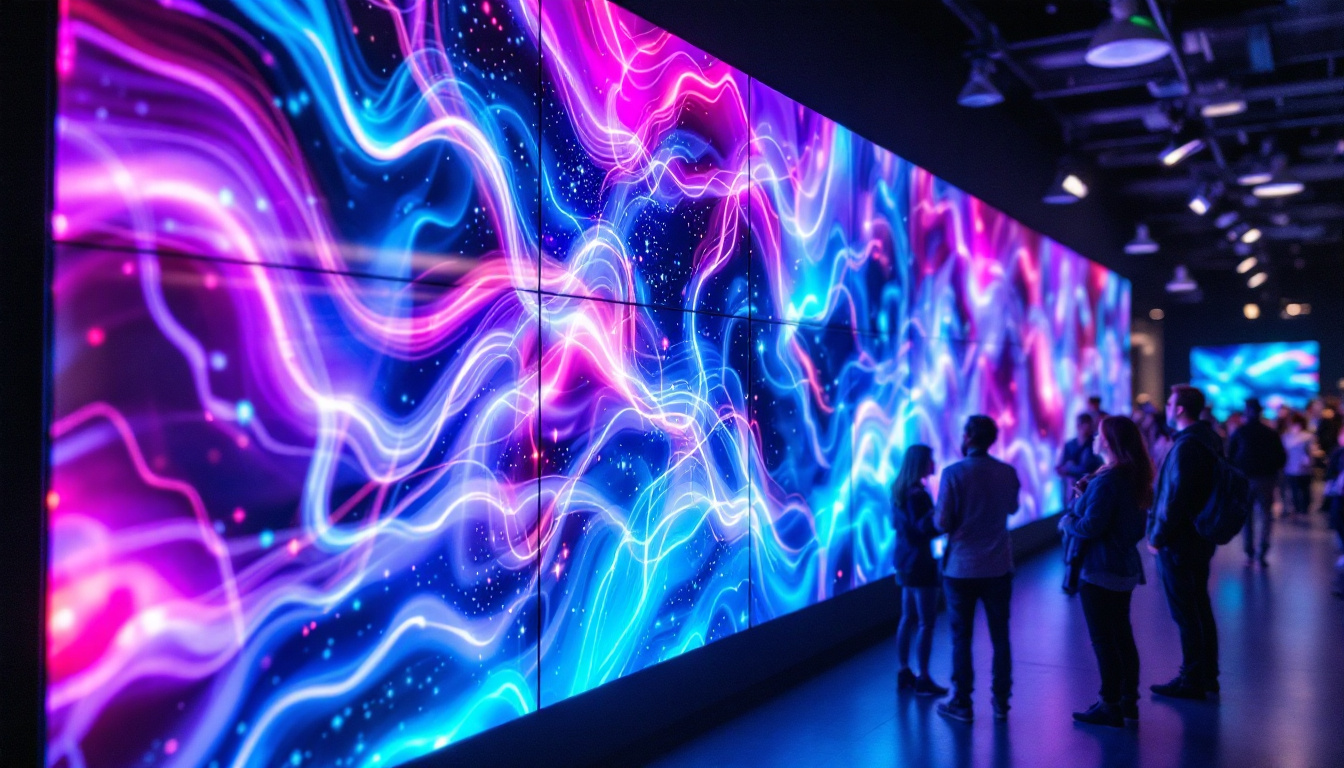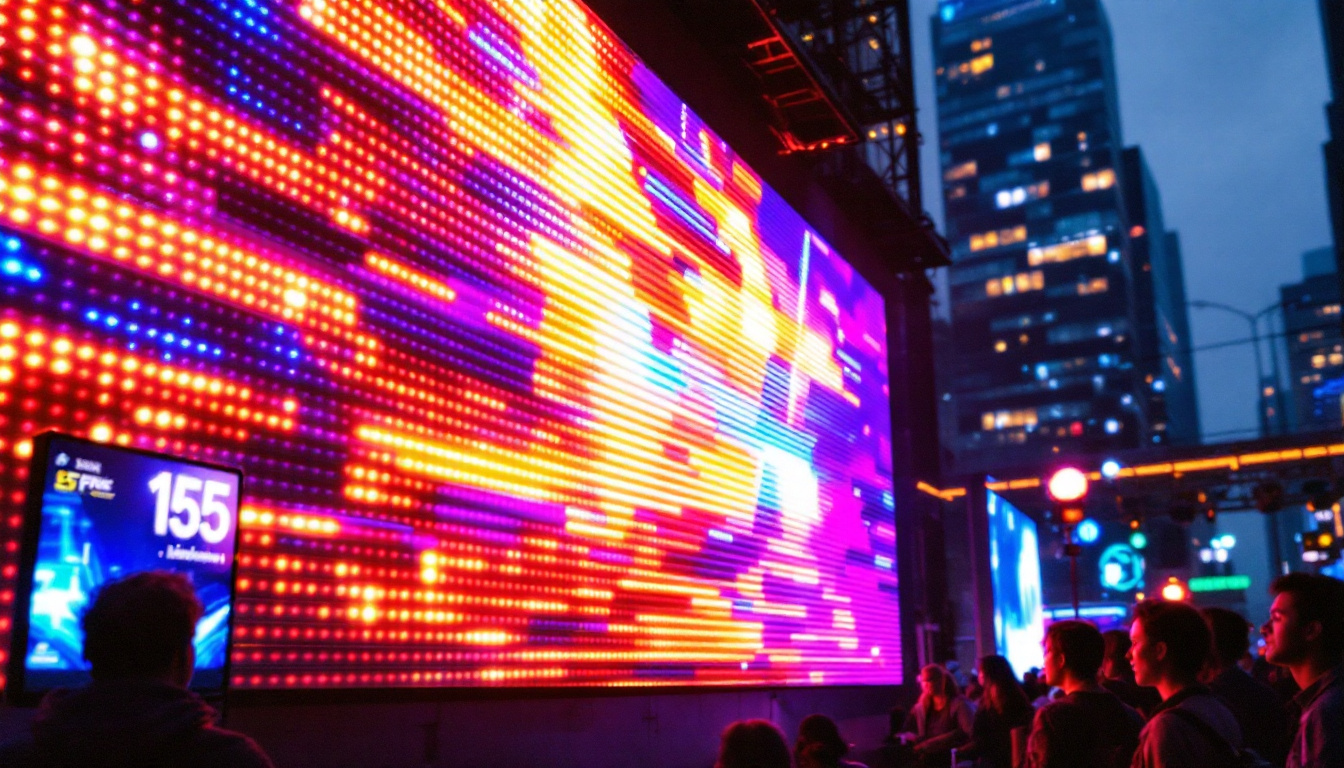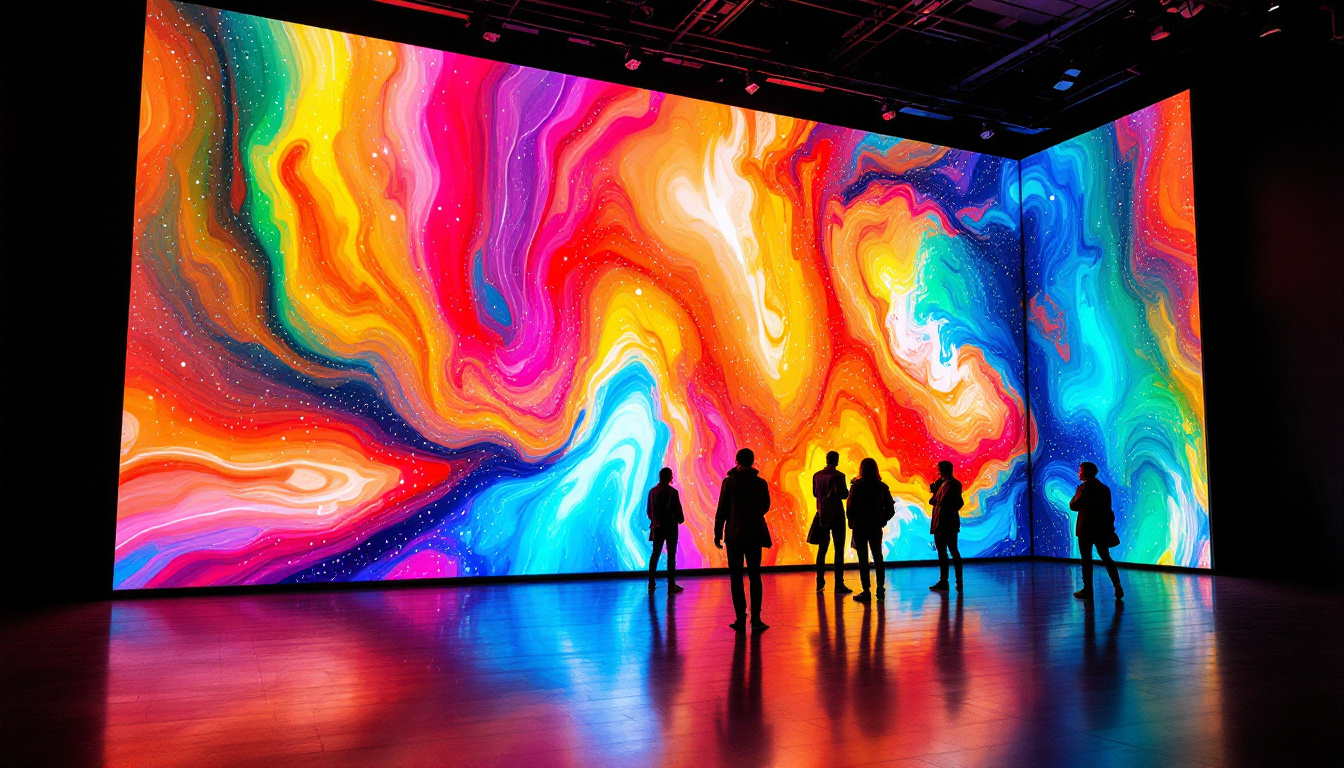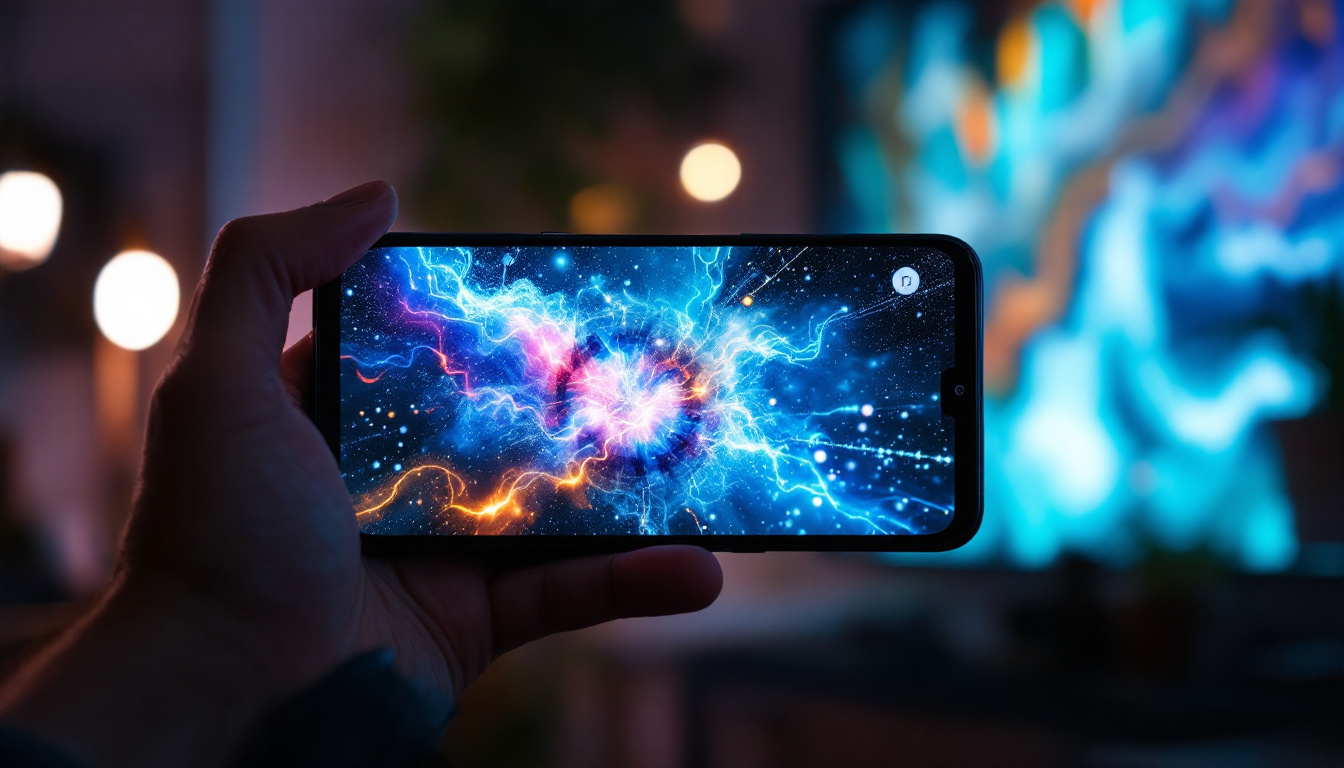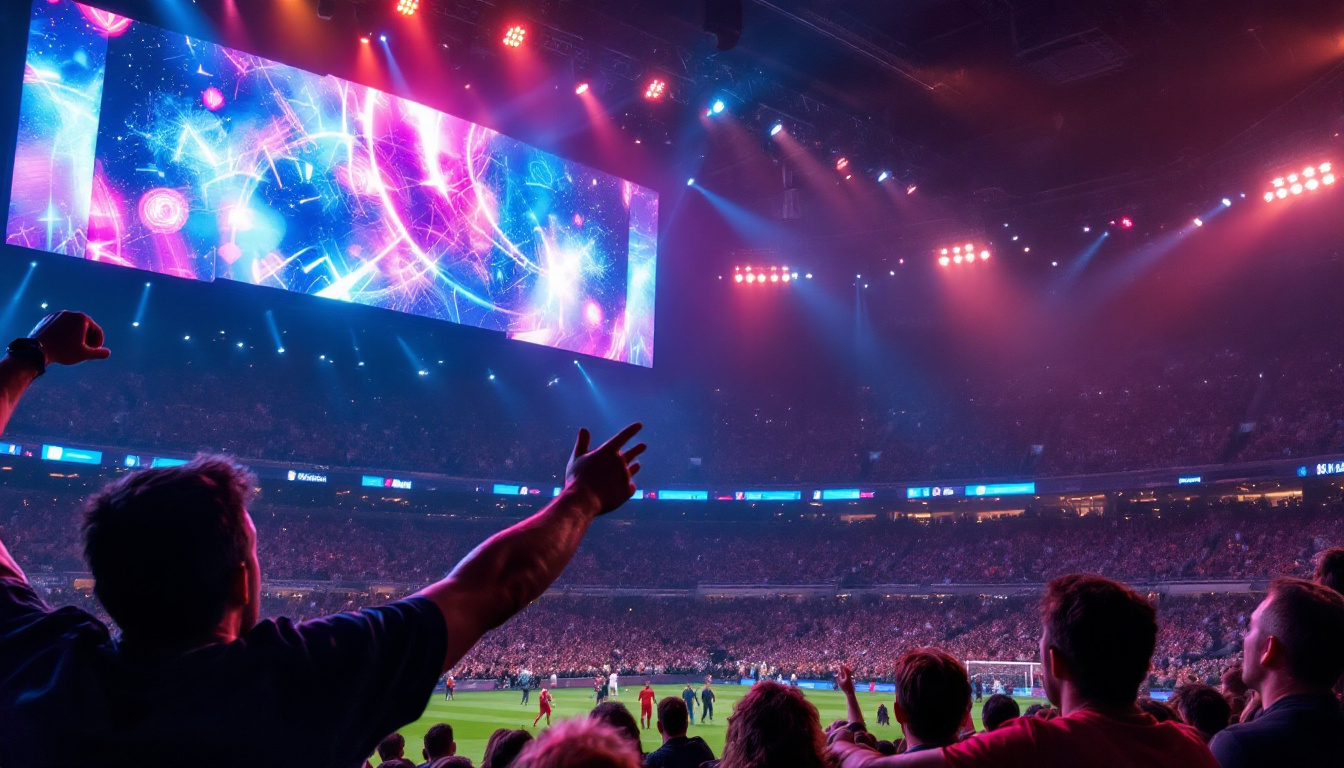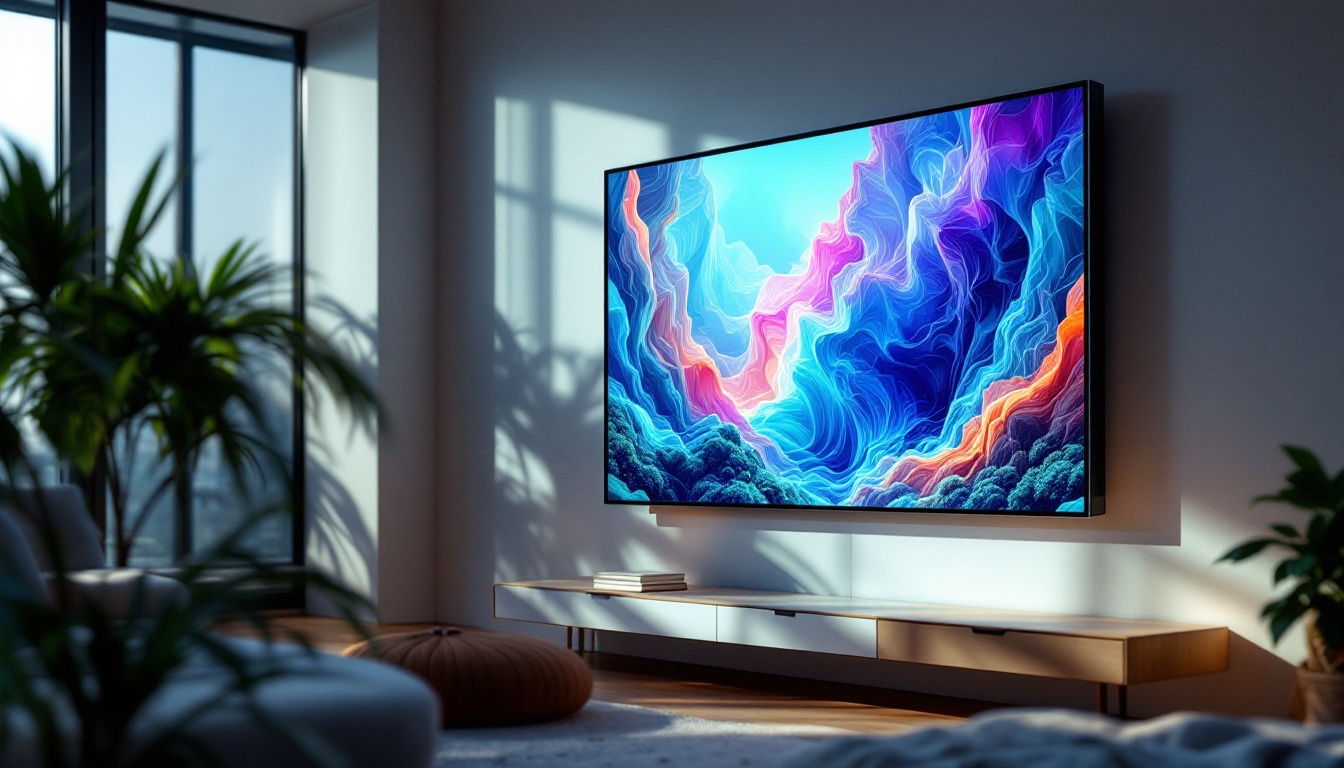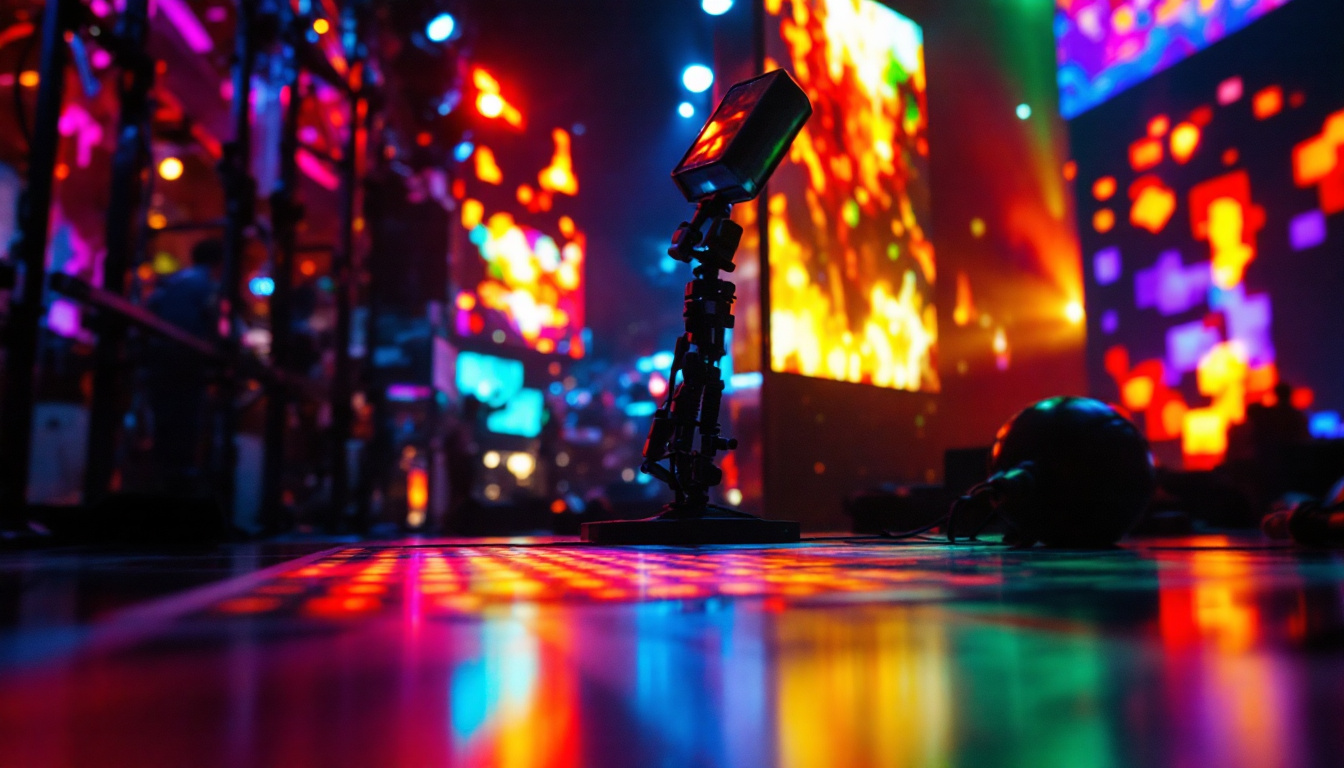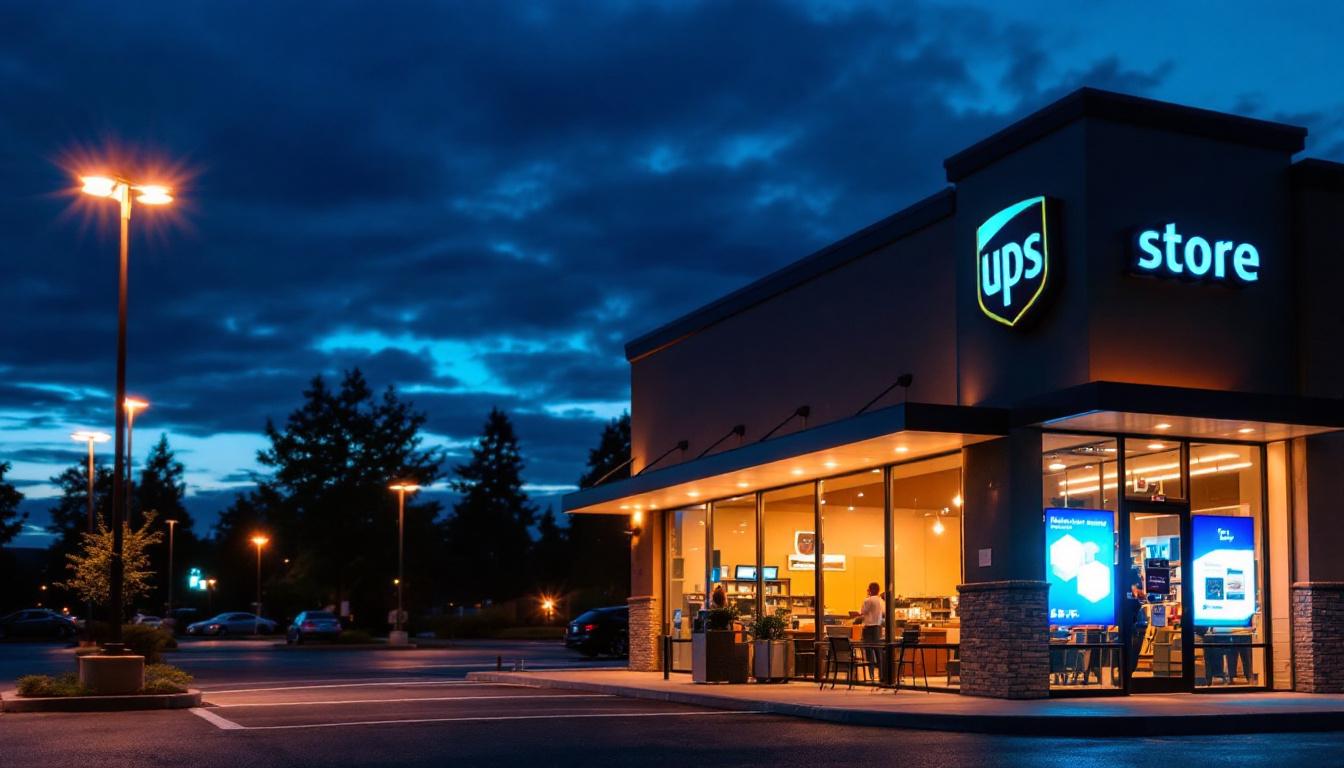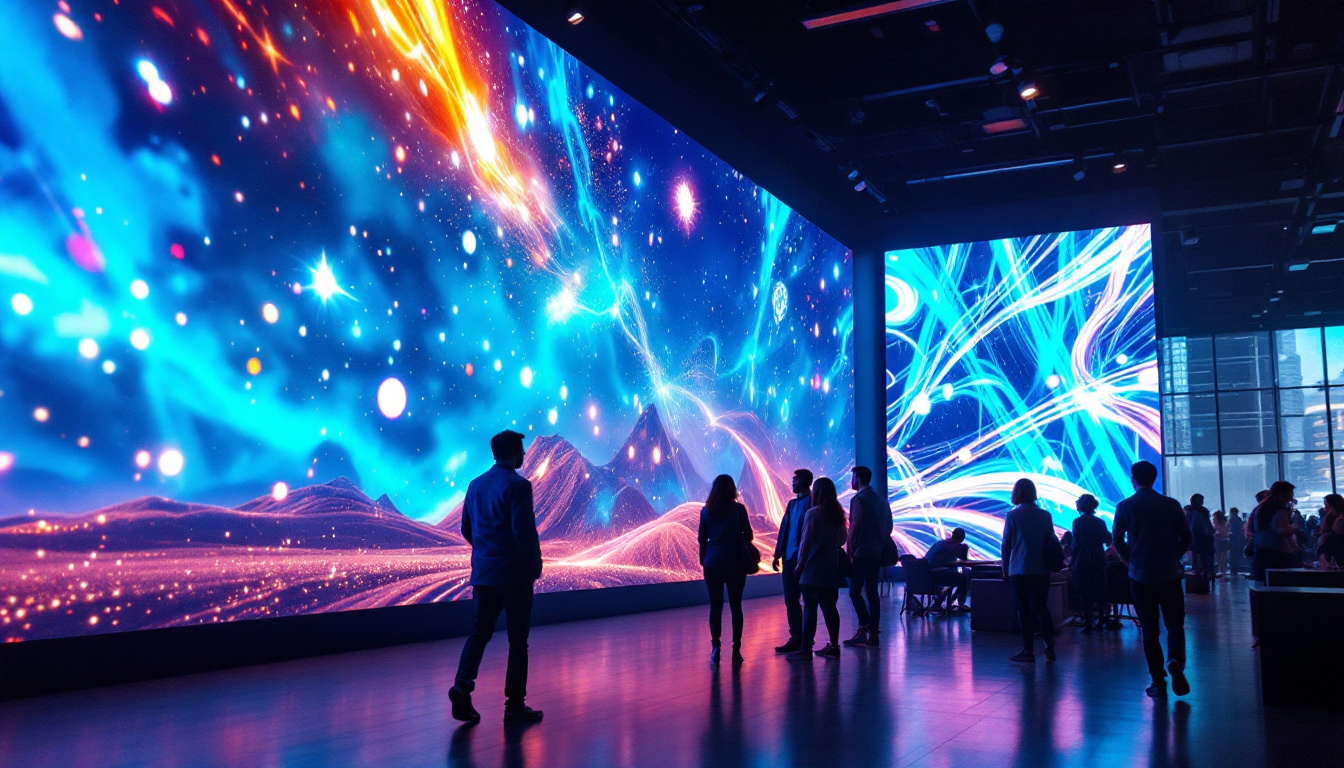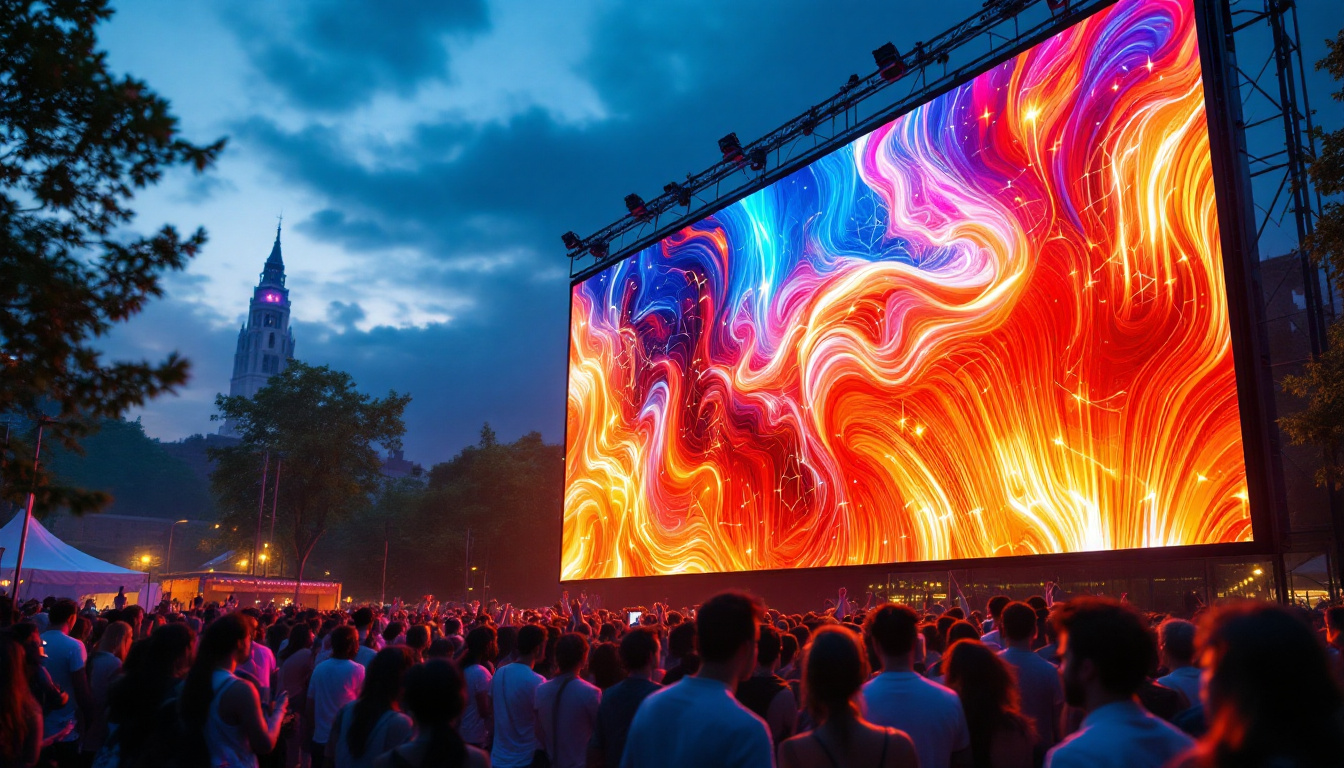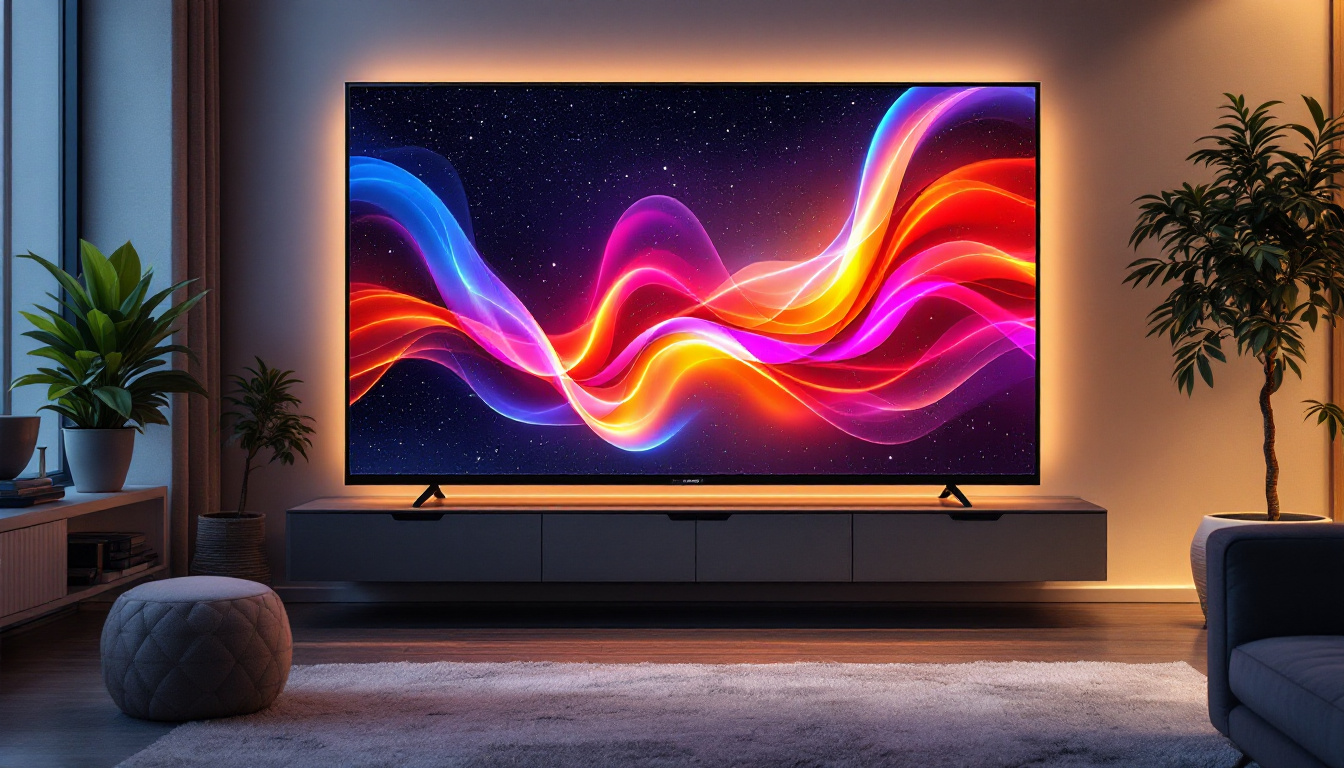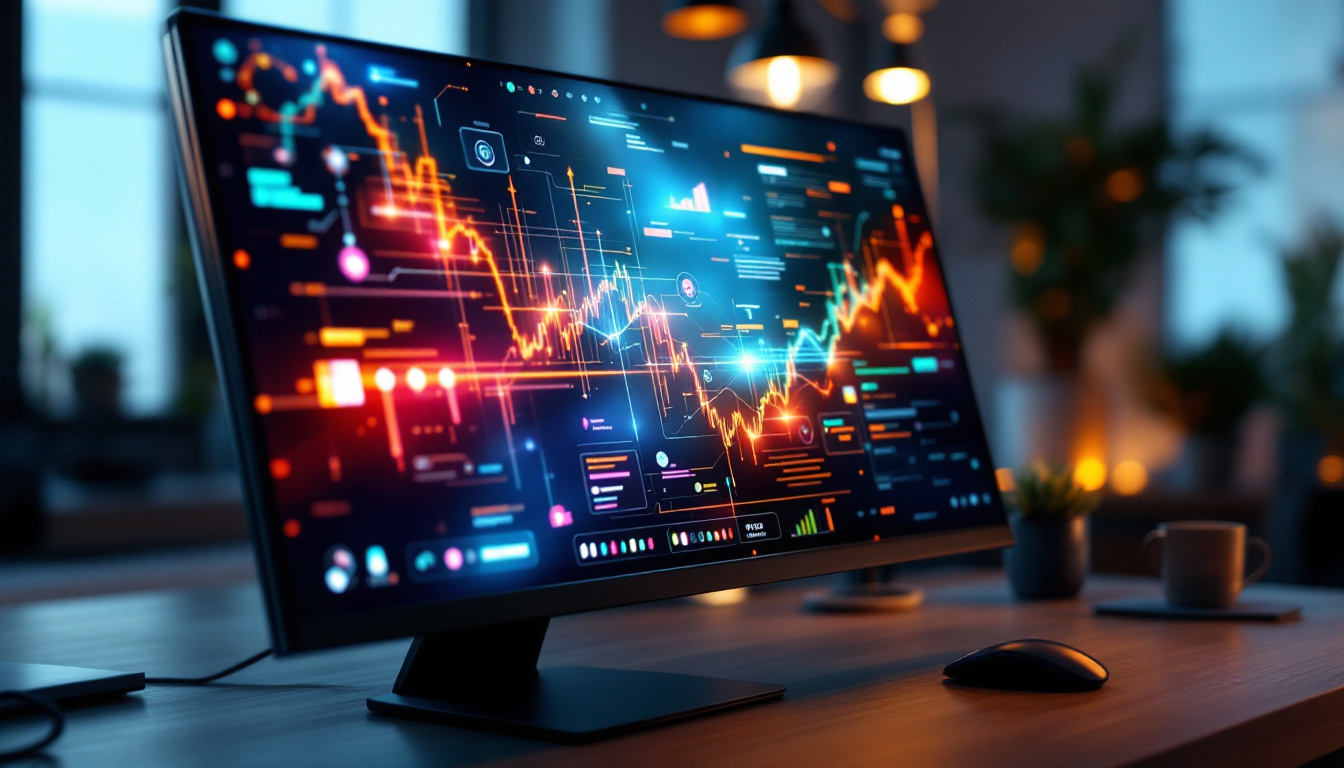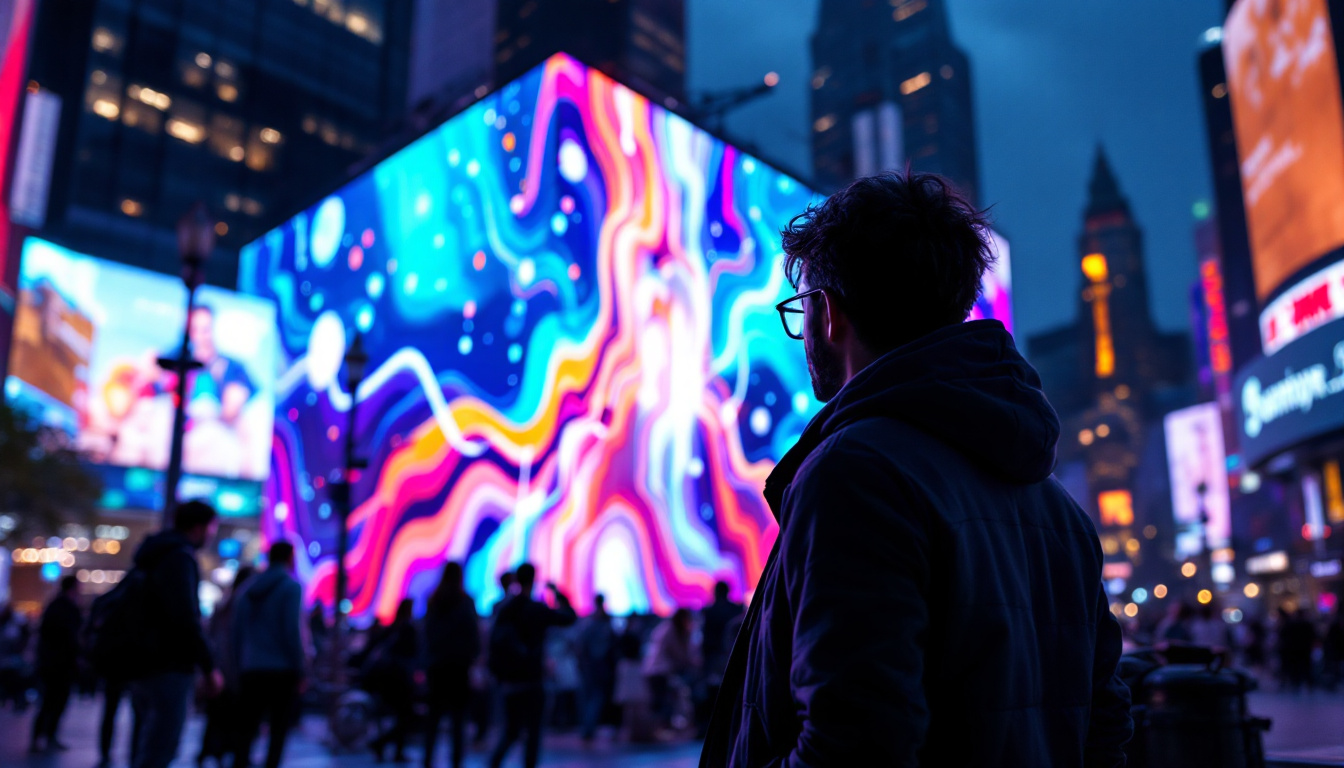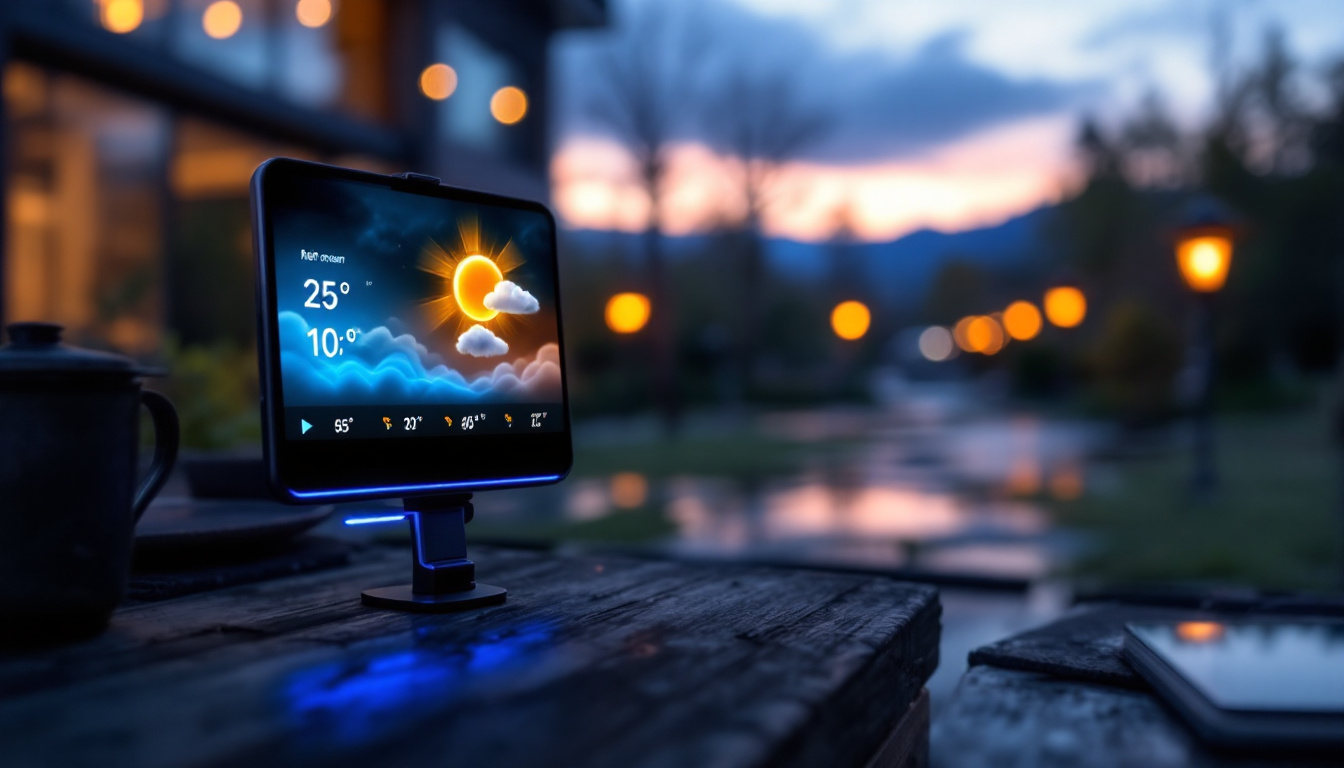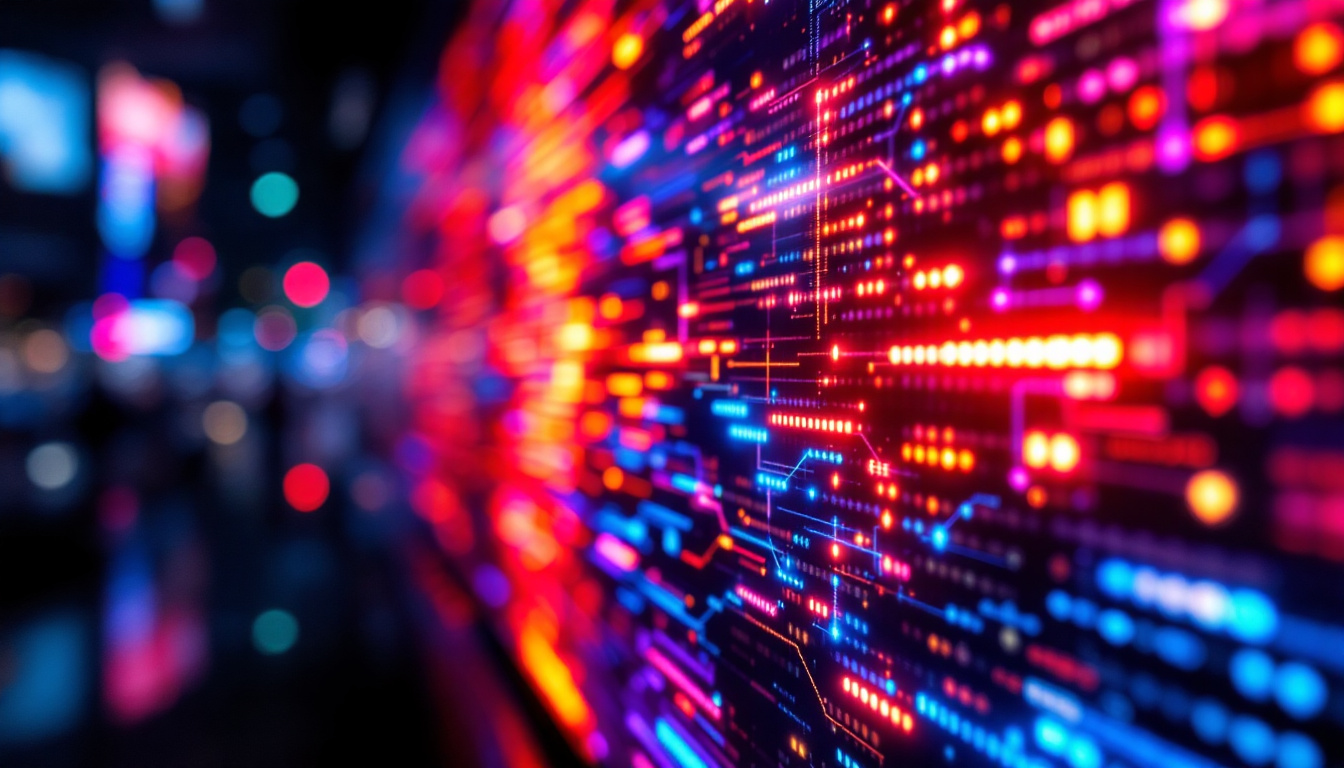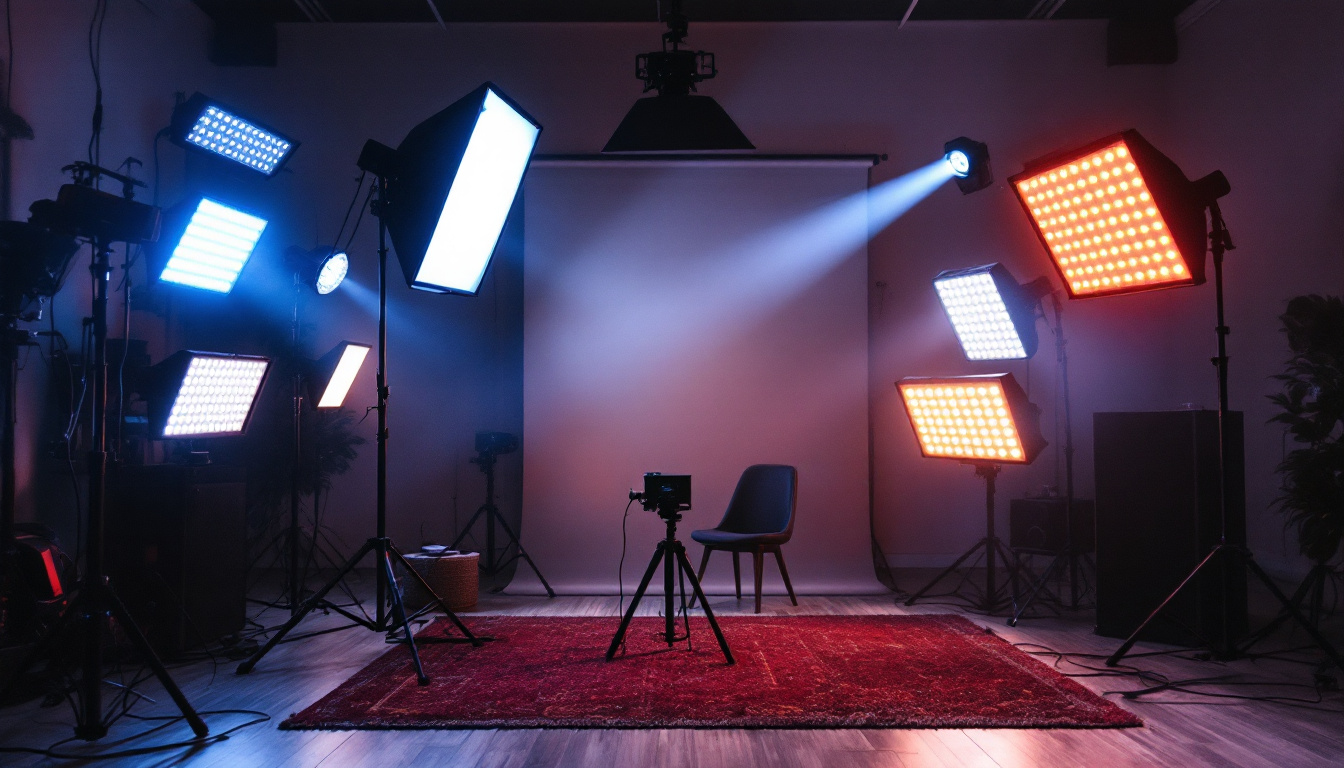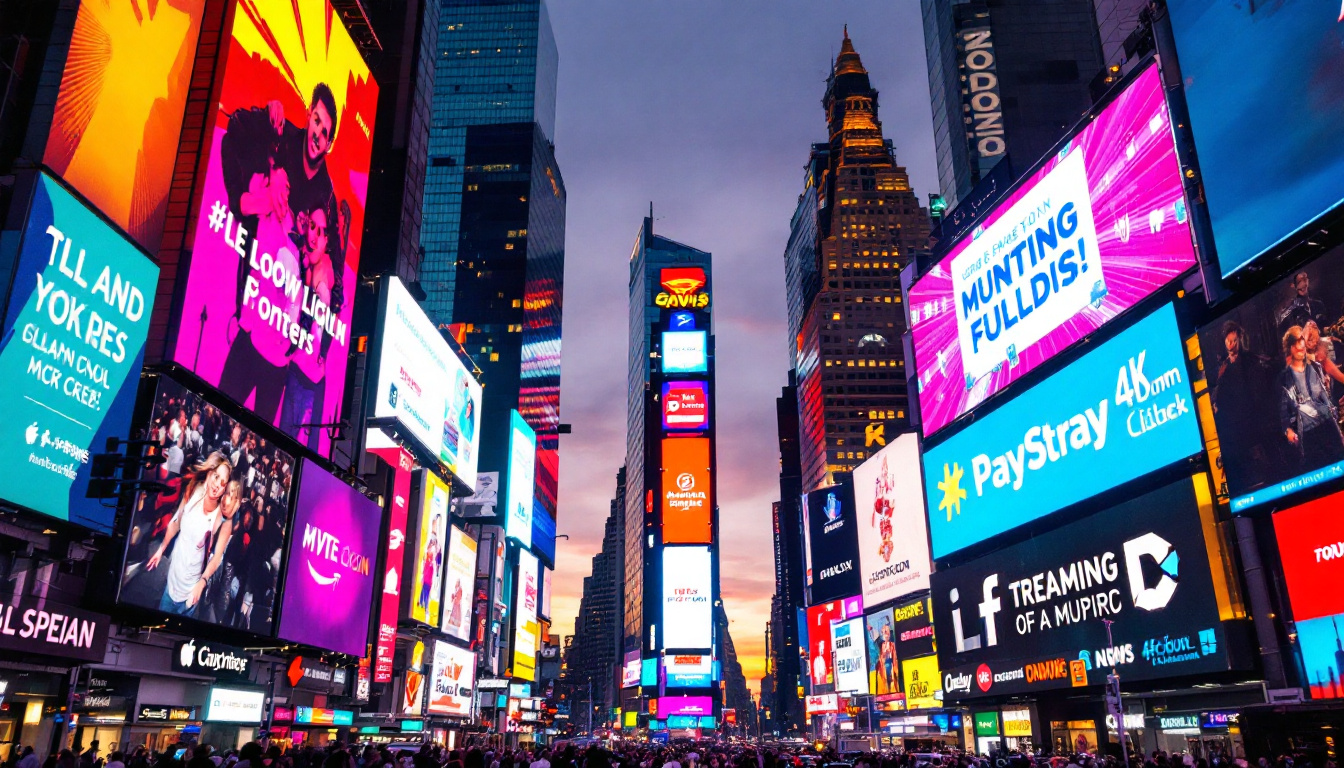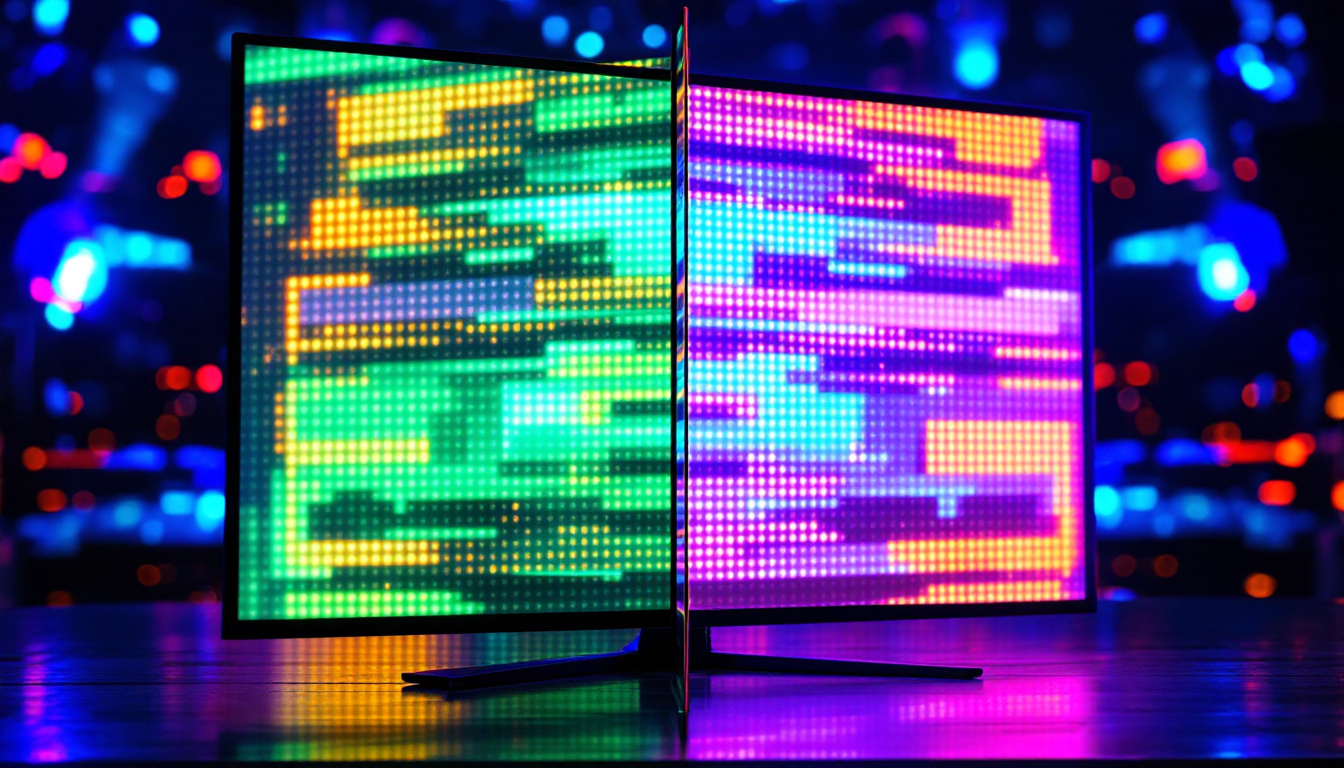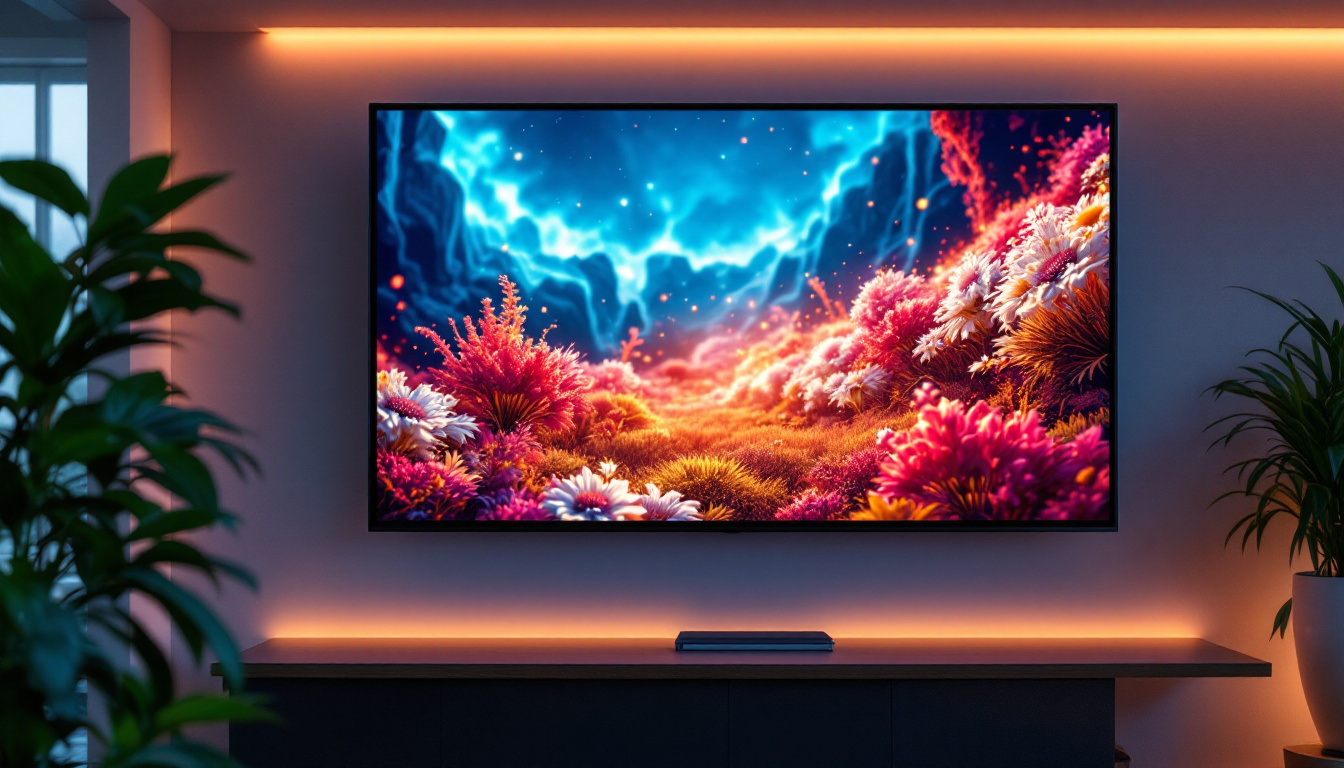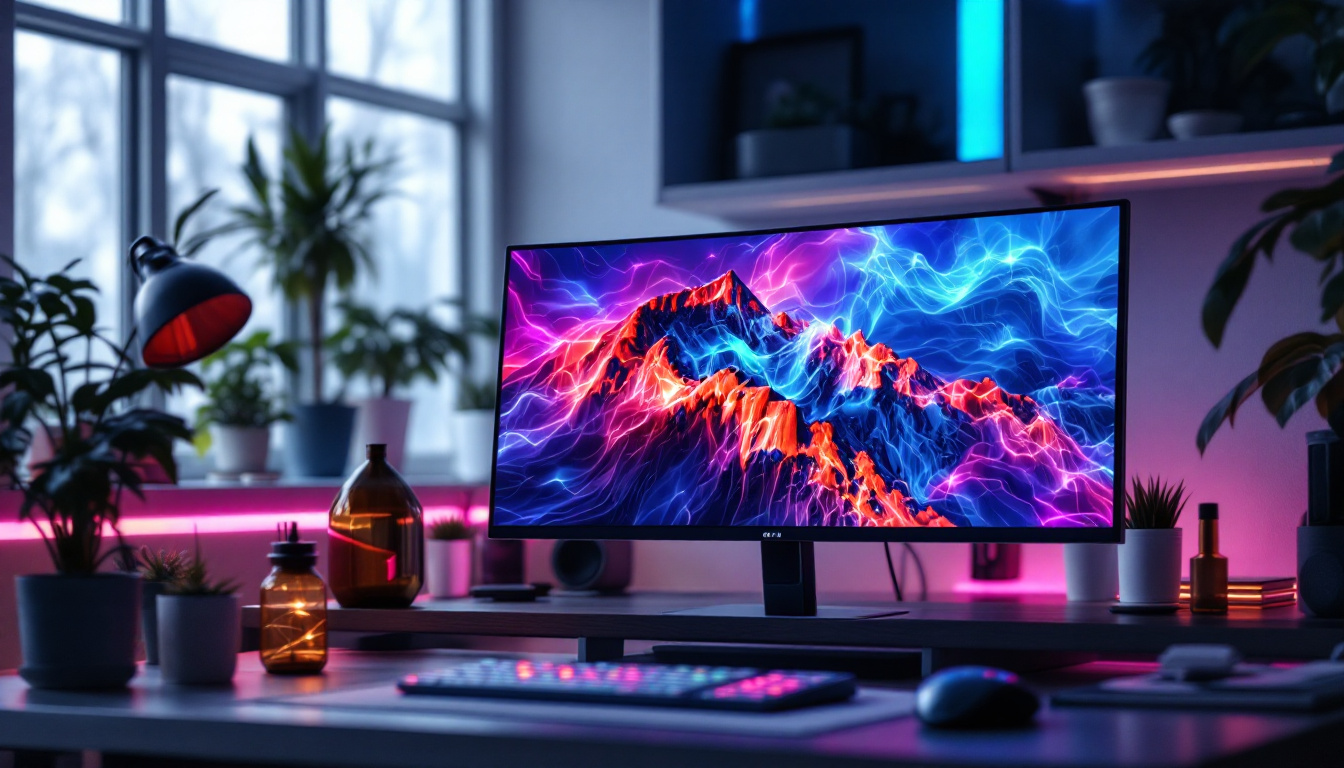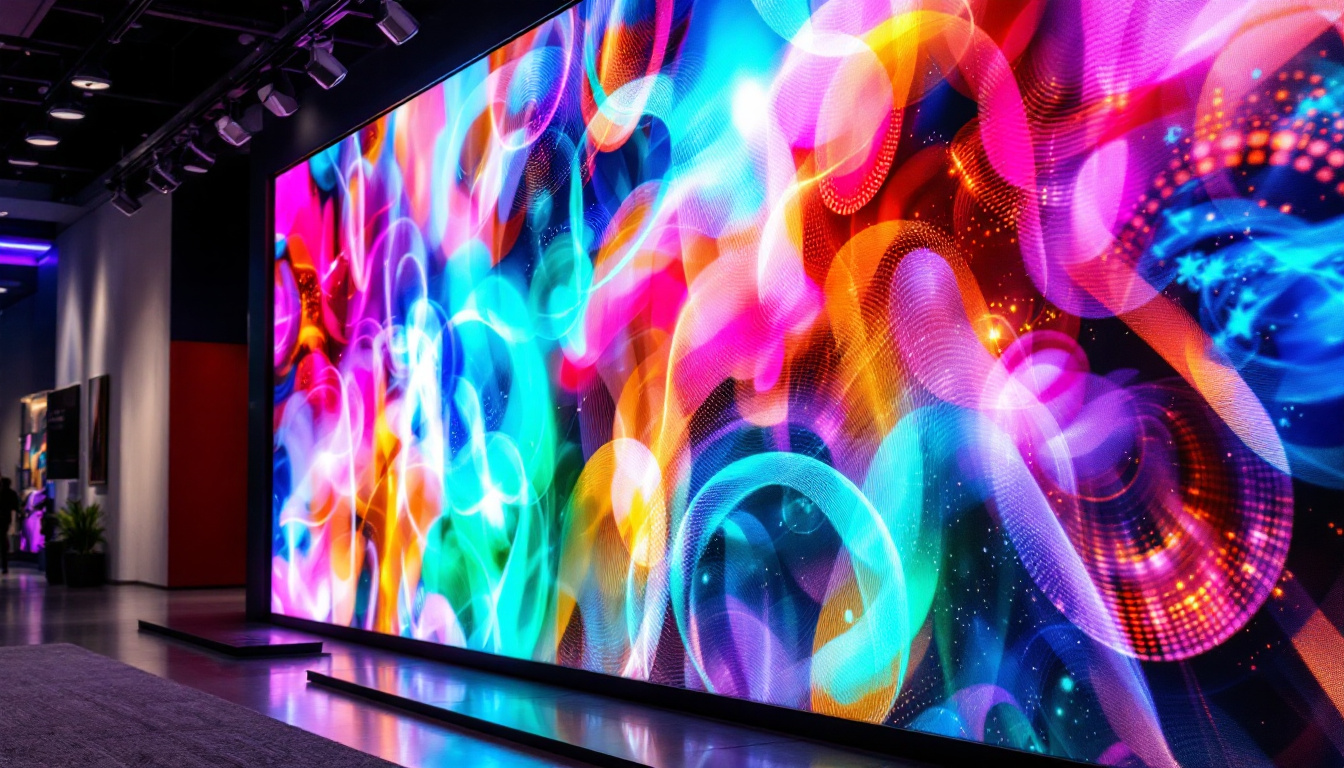In the modern world, LED displays have become a staple in various industries, from advertising to entertainment. Their vibrant colors, energy efficiency, and versatility make them an attractive option for many applications. However, like any technology, LED screens can experience wear and tear over time, leading to the need for replacement. This article delves into the intricacies of LED displays, the reasons for their replacement, and the factors to consider during the process.
Understanding LED Technology
LED, or Light Emitting Diode, technology has revolutionized the way visual information is displayed. Unlike traditional LCD screens, which rely on backlighting to illuminate images, LED displays use individual diodes to produce light. This fundamental difference offers several advantages, including improved brightness, contrast, and energy efficiency.
How LED Displays Work
At the core of an LED display are numerous tiny diodes that emit light when an electric current passes through them. These diodes are arranged in a grid, with each pixel consisting of red, green, and blue (RGB) components. By adjusting the intensity of each color, the display can produce a wide range of hues and shades.
LED displays can be categorized into two main types: direct view and backlit. Direct view LED displays are typically used for large outdoor billboards, while backlit LED displays are commonly found in televisions and computer monitors. Understanding these differences is crucial when considering replacement options. Furthermore, advancements in technology have led to the development of OLED (Organic Light Emitting Diode) displays, which offer even greater flexibility and color accuracy. OLED screens can be made thinner and more flexible than traditional LED displays, allowing for innovative applications such as curved screens and foldable devices.
Advantages of LED Displays
LED displays offer several benefits that contribute to their popularity. One of the most significant advantages is their energy efficiency. Compared to traditional display technologies, LED screens consume less power, resulting in lower electricity bills and a reduced carbon footprint.
Additionally, LED displays provide superior image quality. They can achieve higher brightness levels and better contrast ratios, making them ideal for use in various lighting conditions. This quality is particularly important in outdoor settings, where sunlight can wash out the visibility of traditional screens. Moreover, the longevity of LED technology is noteworthy; LED displays can last up to 100,000 hours, significantly outpacing other display types, which means less frequent replacements and maintenance. This durability not only enhances the user experience but also contributes to sustainability by reducing electronic waste over time.
Reasons for LED Screen Replacement
Despite their numerous advantages, LED displays do not last indefinitely. Several factors can lead to the need for replacement, including technological advancements, physical damage, and performance degradation over time.
Technological Advancements
The rapid pace of technological innovation means that newer and more advanced LED display models are constantly being introduced to the market. Features such as higher resolution, improved color accuracy, and enhanced connectivity options can make older models obsolete. Businesses and organizations may choose to replace their LED screens to stay competitive and provide the best possible experience for their audience. For instance, the shift from 1080p to 4K resolution has transformed the visual experience, allowing for crisper images and more vibrant colors that can captivate viewers. Additionally, advancements in smart technology enable seamless integration with mobile devices and cloud services, enhancing interactivity and engagement.
Physical Damage
LED displays are susceptible to physical damage from various sources, including environmental factors, accidents, or improper handling. Cracks, scratches, or water damage can significantly impair the functionality and appearance of a screen. In some cases, repairs may be possible, but extensive damage often necessitates a complete replacement. Furthermore, outdoor displays are particularly vulnerable to harsh weather conditions, such as heavy rain or extreme temperatures, which can lead to internal component failure. Regular maintenance and protective measures, such as weatherproof enclosures, can mitigate these risks, but when damage occurs, the cost of repair versus replacement must be carefully considered to ensure a sound investment.
Performance Degradation
Over time, LED displays may experience performance degradation. This can manifest as color fading, reduced brightness, or pixel malfunction. Regular use and exposure to environmental conditions can accelerate this process. When the quality of the display deteriorates to the point where it affects usability, replacement becomes a viable option. Additionally, the lifespan of an LED screen can vary significantly based on usage patterns; for example, displays used for continuous broadcasting may wear out faster than those used intermittently. As technology progresses, manufacturers are also developing screens with longer lifespans and better energy efficiency, making it increasingly appealing for businesses to upgrade rather than repair aging systems. Investing in newer models not only enhances visual performance but can also lead to lower energy costs and improved sustainability in the long run.
Factors to Consider When Replacing LED Screens
Replacing an LED screen is not a straightforward task. Several factors must be considered to ensure that the new display meets the needs of the user and the environment in which it will be installed.
Screen Size and Resolution
The size and resolution of the new LED screen are critical considerations. The screen size should be appropriate for the viewing distance and the space available. A larger screen may be necessary for expansive areas, while smaller screens are suitable for more intimate settings.
Resolution is equally important. Higher resolution screens provide sharper images and more detail, making them ideal for applications that require high-quality visuals, such as video presentations or graphic displays. It’s essential to assess the intended use of the screen to determine the appropriate resolution.
Environmental Considerations
LED displays are often used in various environments, from indoor settings like conference rooms to outdoor locations like stadiums. The environmental conditions can significantly impact the choice of display. Outdoor screens must be weatherproof and capable of withstanding sunlight, while indoor screens may prioritize color accuracy and viewing angles.
Additionally, factors such as humidity, temperature, and dust levels should be considered. Selecting a display that can operate optimally in the intended environment will enhance longevity and performance.
Cost and Budget
Cost is a crucial factor in any replacement decision. The price of LED displays can vary significantly based on size, resolution, and features. It’s essential to establish a budget before beginning the search for a new screen. However, it’s also important to balance cost with quality; investing in a high-quality display may yield better long-term results, reducing the frequency of future replacements.
Installation and Maintenance of LED Displays
Once a decision has been made regarding the replacement of an LED screen, the next step is installation. Proper installation is vital to ensure optimal performance and longevity of the display.
Professional Installation vs. DIY
While some may consider a do-it-yourself approach to installing an LED display, professional installation is often recommended. Professionals have the expertise and tools necessary to ensure that the screen is mounted securely and configured correctly. This is particularly important for large displays, where improper installation can lead to safety hazards or damage to the screen.
Additionally, professional installers can provide valuable insights into the best practices for setting up the display, including optimal viewing angles and cable management. This can enhance the overall user experience and prolong the lifespan of the screen.
Regular Maintenance Practices
To maximize the lifespan of an LED display, regular maintenance is essential. This includes cleaning the screen to remove dust and debris, checking connections and cables for wear, and monitoring performance for any signs of degradation. Regular maintenance can help identify potential issues before they become significant problems, ultimately saving time and money on repairs or replacements.
Moreover, keeping the software and firmware of the display updated is crucial. Manufacturers often release updates that improve performance and security, ensuring that the display operates at its best.
Future Trends in LED Display Technology
The world of LED display technology is continually evolving. As new innovations emerge, the capabilities of LED screens are expanding, leading to exciting possibilities for various applications.
MicroLED Technology
One of the most promising advancements in LED technology is MicroLED. This technology utilizes microscopic LEDs to create displays with superior brightness, color accuracy, and energy efficiency. MicroLED displays are thinner and lighter than traditional LED screens, making them ideal for a wide range of applications, from smartphones to large-scale installations.
As MicroLED technology matures, it is expected to become more accessible and affordable, potentially replacing traditional LED displays in many settings. This shift could lead to even more vibrant and immersive visual experiences for consumers and businesses alike.
Flexible and Transparent Displays
Another exciting trend is the development of flexible and transparent LED displays. These innovative screens can bend and curve to fit unique spaces, offering new design possibilities for architects and designers. Transparent displays, on the other hand, can blend seamlessly into their surroundings, allowing for creative advertising and information-sharing solutions.
As these technologies continue to advance, they will likely open new avenues for engagement and interactivity, transforming the way information is presented and consumed.
Conclusion
LED displays have become an integral part of modern communication and entertainment. Understanding the technology behind these screens, the reasons for their replacement, and the factors to consider during the process is essential for making informed decisions. As technology continues to evolve, staying abreast of trends and advancements will ensure that users can leverage the best possible solutions for their needs.
Whether replacing an aging display or investing in the latest innovations, careful consideration and planning will lead to a successful outcome. With the right approach, LED displays can continue to enhance visual experiences for years to come.
Explore Cutting-Edge LED Display Solutions with LumenMatrix
Ready to elevate your visual communication with the latest in LED display technology? LumenMatrix is at the forefront of innovation, offering a diverse range of LED display modules designed to bring your brand to life. From Indoor and Outdoor LED Wall Displays to specialized solutions like Vehicle, Sports, and Floor LED Displays, we have everything you need to create immersive and engaging experiences. Discover our Custom, All-in-One, and Transparent LED Displays that are tailored to meet your unique needs. Check out LumenMatrix LED Display Solutions today and transform the way you connect with your audience.

